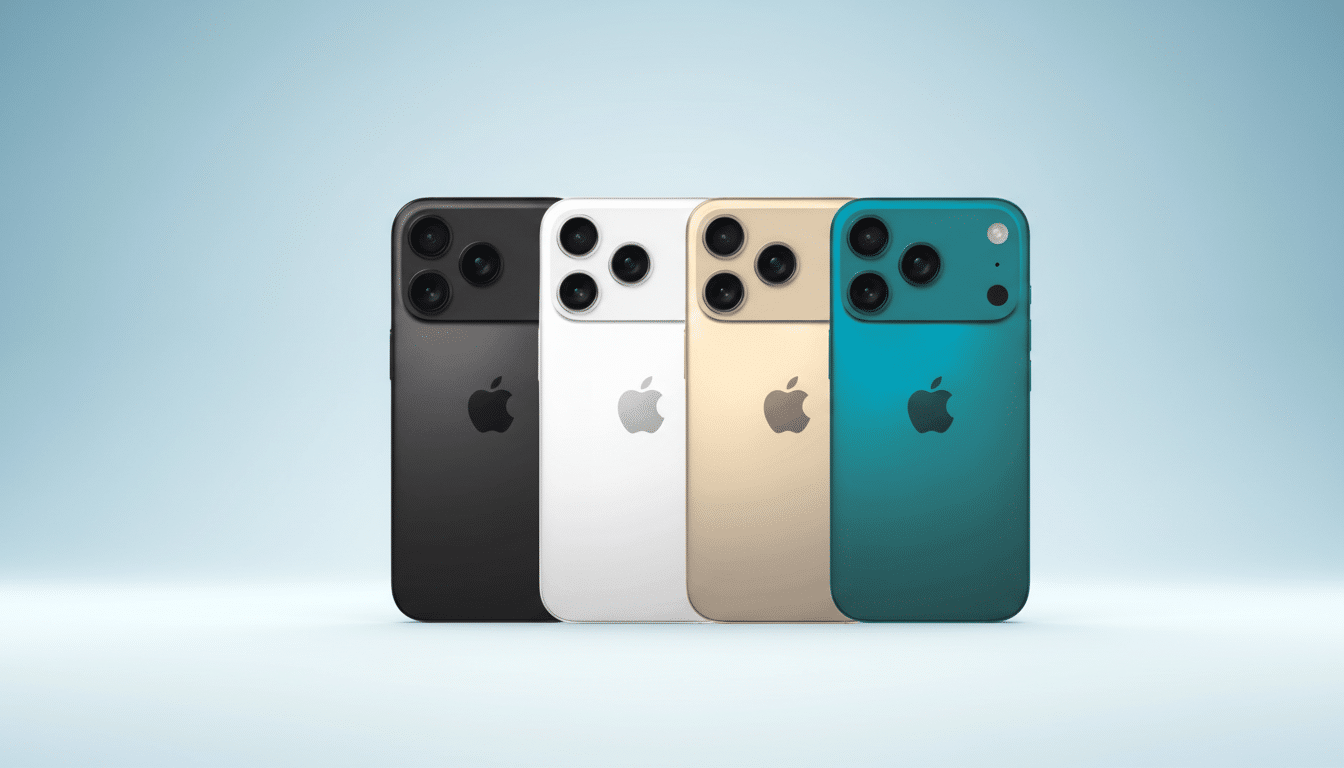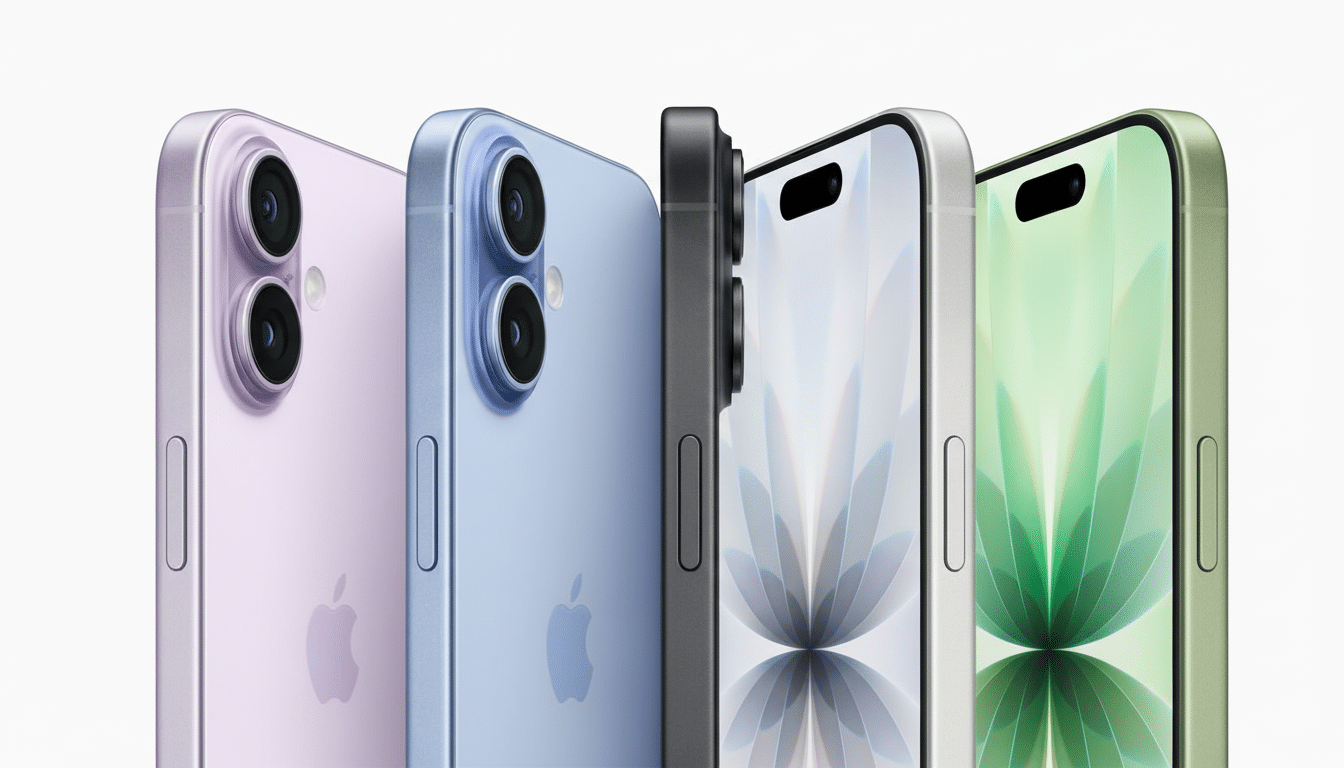There are growing signs that Apple won’t stop at offering SIM-free iPhones without physical SIM trays in at least the US, with internal training materials and industry analysts both supporting a wider eSIM-only push for the future iPhone 17 line-up.
What Apple’s internal training materials indicate
Course modules for Apple’s global retail employees, which cover Accessory Design Guidelines (ADG), contain terminologies that reference an “eSIM” first skew strategy, and sales scripts focused on a product line that contains no physical SIM card tray — pointing to what is believed to be the first dual eSIM iPhone, a development we first reported on more than 18 months ago. When Apple updates training for front line staff, it usually reflects changes that will impact activations, returns and troubleshooting — so curriculum changes are a significant operational indicator that eSIM-only hardware is on the way to the additional markets.
- What Apple’s internal training materials indicate
- Which iPhone 17 models could ditch the SIM tray
- Why Apple is pushing the growing eSIM market
- Potential country exceptions, and regulatory barriers
- Carrier readiness and consumer impact
- Market signposts and things to watch
- Practical advice for buyers
- Bottom line

Which iPhone 17 models could ditch the SIM tray
Analysts who follow production and design issues say the thinnest models are most likely to lose the tray. Prominent supply-chain analysts have pointed to the extra-thin “Air” tier as practically a lock to be eSIM-only because a tray would undercut the aluminium enclosure. There’s some pretty good speculation that mainstream and Pro models will now follow, with only a small number of market exceptions.
Why Apple is pushing the growing eSIM market
Apple says eSIMs bolster security (an embedded profile can’t be stolen by popping out a tray) and bring advantages such as multiple profiles for travelers. In the U.S., iPhone models sold since the iPhone 14 series no longer featured the tray, and carriers like AT&T, Verizon and T-Mobile had developed eSIM activation flows in anticipation of the transition. Industry groups like the GSMA, meanwhile, have been keeping track of steady growth in eSIM support amongst operators, which removes on friction point for Apple with its decision.
Potential country exceptions, and regulatory barriers
Even with momentum, however, some countries may keep their exceptions. China is often on that list as it is based on local regulatory practises and carrier needs – including from major carriers such as China Mobile, China Unicom, China Telecom – which can require physical SIM workflows or more lengthy certification. Other markets where eSIM carrier support is limited, or there are rules around device registration, could also hold trays for the near future.

Carrier readiness and consumer impact
For customers, the change eliminates the friction of switching between carriers and managing more than one line: The latest iPhones can hold on to multiple eSIM profiles and switch back and forth without switching plastic. But from the standpoint of the carrier, there are nontrivial operational changes — the retail process, in-store activation kiosks and fraud-detection flows all have to be rewritten. Evidence of that work appears in synchronized training updates between retailers and operators.”
Market signposts and things to watch
Outside of internal training, supply-chain reporting and analyst forecasts are providing consistent signaling: design locks, regulatory mapping, and carrier readiness are aligning right now. Watch carrier support lists —Apple has a public support document recording operators that approve eSIM—and statements from large regional carriers about timing and any country exceptions.
Practical advice for buyers
If you are thinking of upgrading, make sure your carrier offers eSIM provisioning, and the countries you plan to travel to accept eSIMs. For globetrotters, eSIMs eliminate the need to purchase and switch physical cards, but globetrotters who are heading to markets where eSIM provisioning is scarce should verify availability before they buy. Retail staff training updates are one way Apple is practically preparing to address those questions in store.
Bottom line
Read more The writing is on the wall: Apple will shift its iPhone 17 lineup to eSIM Apple’s eSIM plans would be perfect for a smaller iPhone, but that’s not who Apple is targeting The Apple eSIM is NOT a carrier killer — report
The pattern is clear: Apple is setting up for a wider iPhone 17 transition to eSIM due to form factor decisions and a growing operator ecosystem. How soon this goes global will be a factor of various countries rules and carriers readiness to offer it as a service — but the operation signs, from worker training to analyst reports, are that there are no longer U.S.-only iPhones in the eSIM world.

